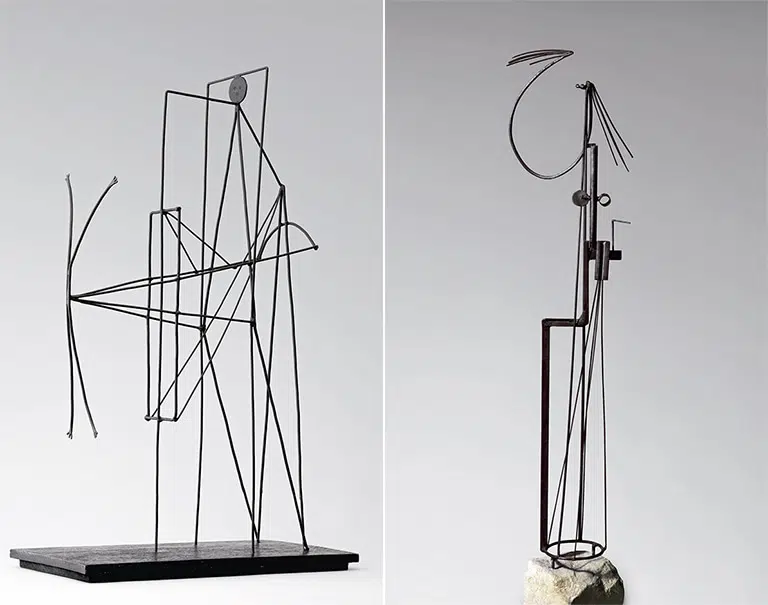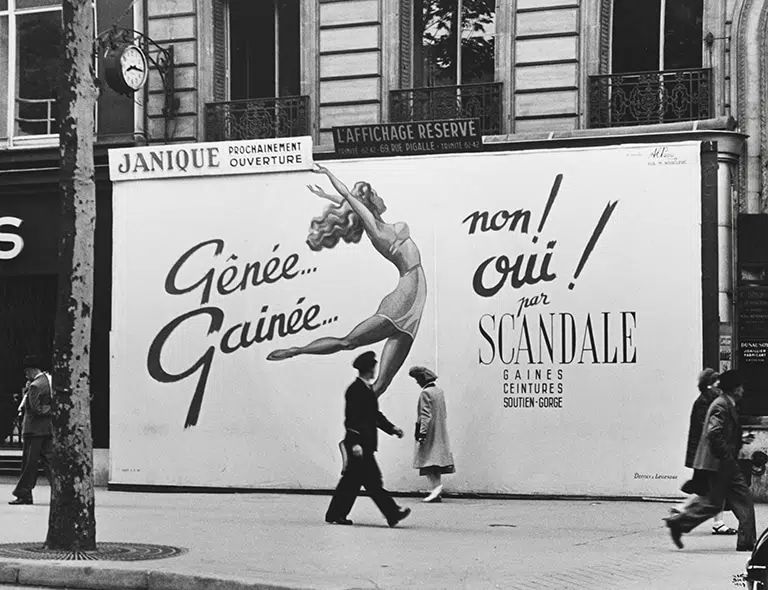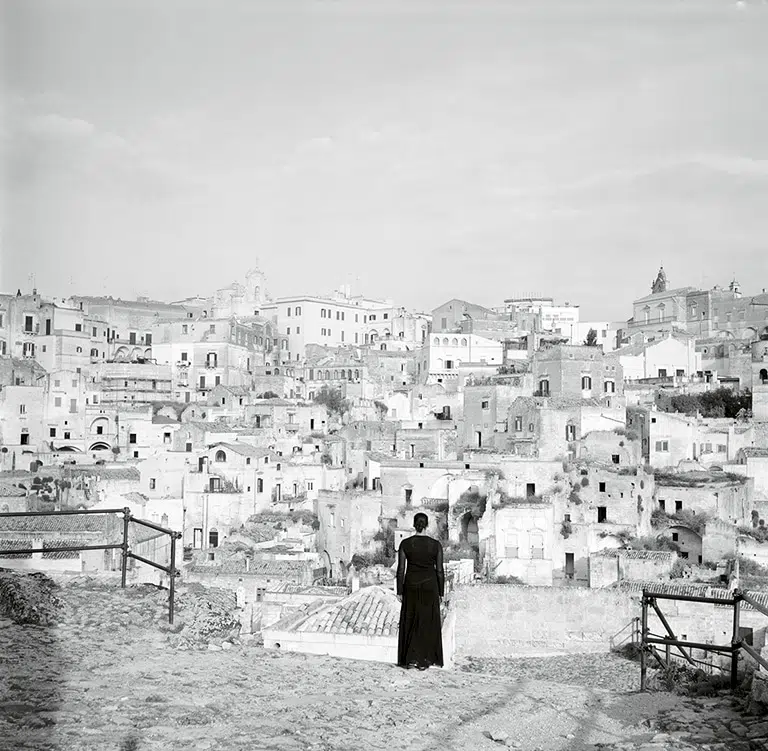Femme à l’agenda [Woman with Diary]
![Femme à l'agenda [Mujer con agenda] Femme à l'agenda [Mujer con agenda] © COLECCIONES Fundación MAPFRE](/media/arte-cultura/colecciones/henri-matisse/fm000301.jpg)
Henri Matisse
Femme à l’agenda [Woman with Diary], 1944
© Sucesión H. Matisse. VEGAP. Madrid, 2021
© Fundación MAPFRE COLLECTIONS
Entry date: 2009
Technique
Indian ink on paper
Dimensions
Paper size: 42 x 32 cm
Dimensions with frame: 72 x 70 x 4 cm
Inventory
FM000301
Description
What is that woman doing, who seems to be drawing with a pen or brush, on a table where there is a diary of ‘various notes’ opened at the January page? Perhaps some thoughts about the new year that is now beginning, in which there is already something written? Perhaps a moment’s distraction before continuing to write, a doodle? Is it possibly a drawing inspired by the paper note that seems to have come loose from the diary? What is that large piece of paper on which she is drawing?
We will never know.
But not knowing does not prevent the fascination evoked by Matisse’s drawing. Perhaps it even increases it. When Matisse did this drawing he was 75 years old, and he would die ten years later, but the drawing is of a simplicity and youthfulness that belies his advanced years. It was as if Matisse had just started painting, and was doing it with the greatest ease, confidence and brilliance. A few lines, some which may seem clumsy – the hand holding the pen – but it matters little because it is so deeply convincing: that is how a hand should be if it were not otherwise; that is how it should be in the drawing, in the line. So it should be – amending the real hand to the real limb.
That is how that line that builds the outline of the head and face should be, and the nose, the slightly almond-shaped eyes, the volume of the body. How did he manage to achieve such a clear-cut personality, such a subtle gesture, the melancholia of time, with such a simple, austere line? The line cannot be otherwise, any other would confuse, irritate. Achieving this level of simplicity – only Picasso and Klee can be compared to Matisse in this area – is the result of tremendous effort and great mastery.
The artist was a colorist from his first works in the 1920s and 1930s, but he never forgot the importance of line, as can be seen in his bathers and dancers, in his odalisques, and also in the ornamental motifs that constitute the framing of many of his scenes, in the landscapes with trees, flowers, beaches; the scenery we can see from the balconies and terraces on which the protagonists of these pictures can be found. The line became more and more delicate, simpler, more elementary. Sometimes it was applied to the canvas as if the canvas were paper and the brush were a pencil, as if the oil were graphite. This resulted in drawings of an ever greater delicacy in the 1930s, and in the 1940s the line had been pared back until it reached the utter clarity we can see in this drawing.
A stroke is enough to suggest a gesture, and with the gesture a state of mind, a reverie, a hidden thought. The lines glides through time: time is the protagonist of this woman, who thinks and notes, the time of her thoughts, of her agenda, of her scribblings, the time of the detached sheet of paper. What will she do with all this? What is she doing? Matisse’s drawing, obviously taking into consideration the differences of the period and the material condition, reminds me of the work of another painter who also knew how to suspend time without falling into timelessness: keeping it there, in a gesture, a glance, a movement, without ‘saying’ any more because there is nothing more to say, because, because anything more that is ‘said’ or painted, or drawn, would be excessive, disturbing, distracting. There is just the moment.
[Valeriano Bozal]




